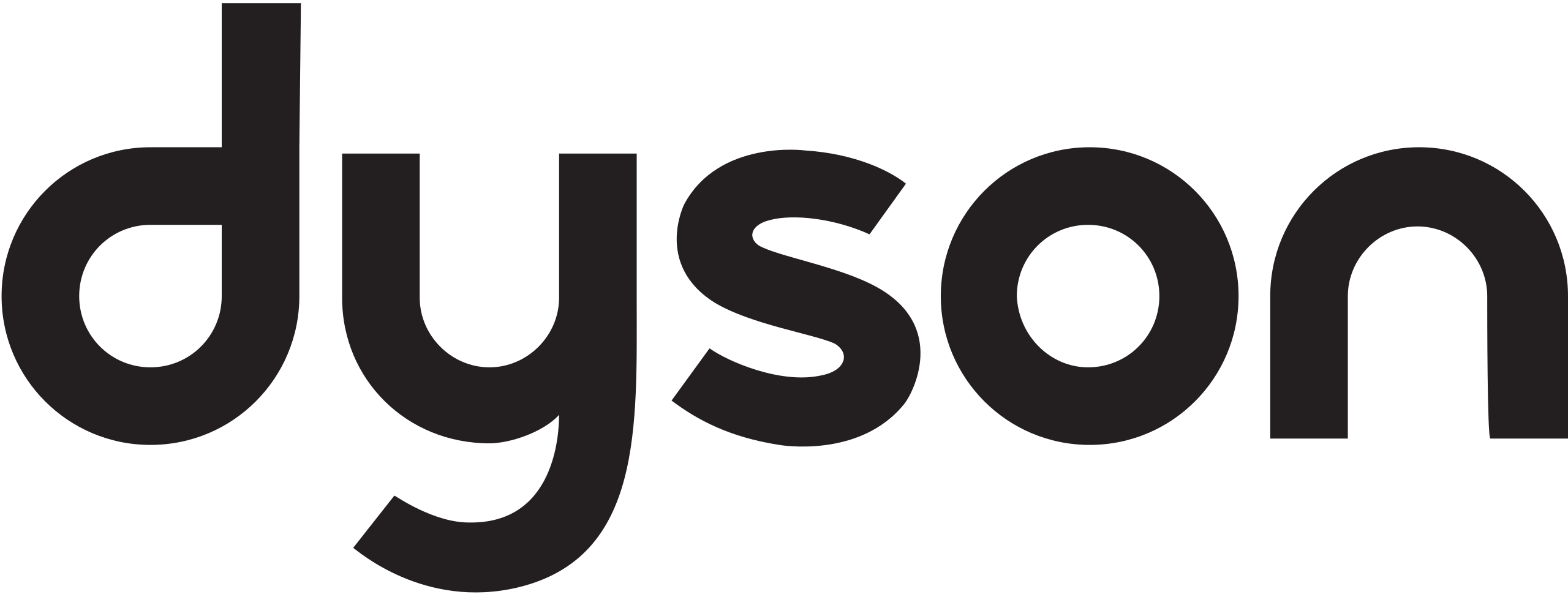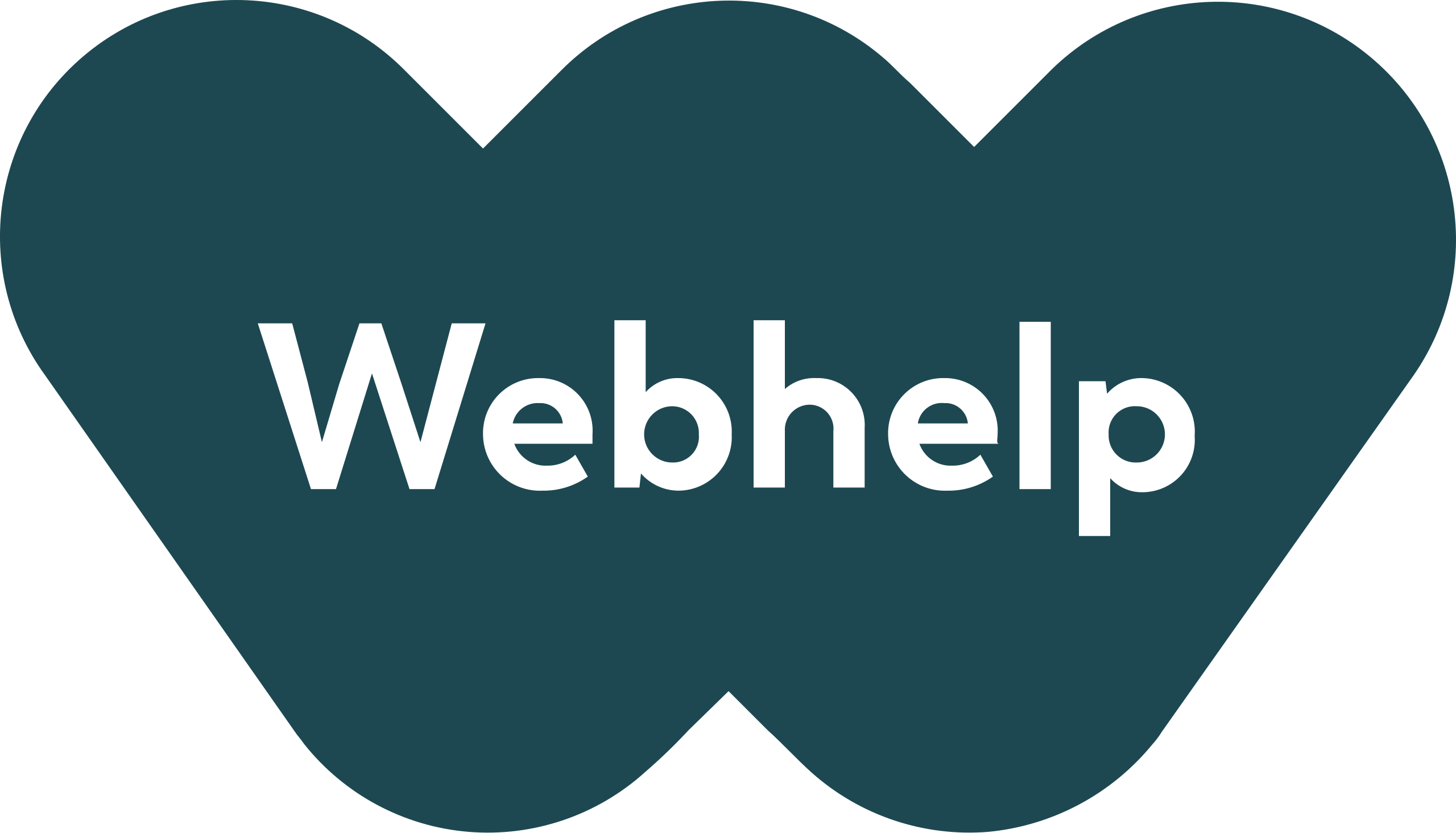Trusted by global brands
Self-Scheduling Software Demo
See how Calabrio Self-Scheduling works
Explore Calabrio’s self-service agent scheduling and workforce management solutions with a free demo.
Demo Type
Feature
- Calabrio One Suite
- Workforce Management
Scheduling and WFM Solutions
Empower your agents to be at their best
The Calabrio ONE suite’s leading workforce optimization solutions are designed to empower agents with greater influence and flexibility, as well as personalized, data-driven insights, while giving managers more time to focus on what matters most.
Why use self-service agent scheduling tools?
Contact centers and customer support teams everywhere are facing overlapping challenges in attrition, employee work-life balance, and rising costs. Calabrio Self-Scheduling tools empower agents to take control of their schedules, supporting a better balance of autonomy and flexibility with operational needs and efficiency.

Greater agent influence means better customer service
At Calabrio, we know that it’s empowered agents who deliver exceptional service experiences. Self-Scheduling for Calabrio WFM can help you build an environment where employees feel empowered, trusted and confident in their work, while saving your organization time and money by fully automating your key intraday and scheduling processes through a customizable rules-based approach.
Agents with access to Self-Scheduling are able to:
Customer Stories
A trusted ally to leading brands looking empower employees and maximize performance
Calabrio ONE is trusted by Fortune 500 brands and counted on by top technology partners. See how we’ve helped leaders in an array of industries get the very most out of their customer experience data.


How We Help Brands
Leading-edge tools built—and trusted—to enrich and understand human interactions
Only Calabrio ONE unites WFO, agent engagement, and AI-fueled business intelligence solutions into a true-cloud, fully integrated suite that adapts to your business.
Customer Reviews
Leaders in contact center workforce satisfaction
See why customers choose Calabrio to quickly turn insights into revenue-boosting action.
FAQ
Looking for help?
Get answers to some of the most frequently asked Workforce Management questions.
Agent self-scheduling is a feature within Calabrio Workforce Management (WFM) that gives your agents more control over their schedules. It’s a comprehensive set of agent-centric, self-service tools designed to meet today’s workforce challenges.
Through a mobile app or laptop, agents can:
- Build their ideal schedule: Select preferred shifts and days off.
- Easily make changes: Move lunches or breaks, and swap shifts with colleagues.
- Request time off: Submit vacation or leave requests directly through the system.
This feature empowers agents, improves their work-life balance, and reduces the risk of losing valuable employees. It also helps contact center management become more efficient and provide better customer support.
Self-service agent scheduling tools offer several key benefits:
- Increased agent autonomy and flexibility: Agents gain more control in managing their schedules, leading to a better work-life balance and increased job satisfaction.
- Reduced administrative burden for managers: Automated schedule changes and time-off requests free up managers to focus on more strategic tasks.
- Improved agent engagement and satisfaction: Greater control over schedules can lead to happier, more engaged, and more motivated agents.
- Optimized service levels: Automated adjustments help ensure adequate staffing levels are maintained at all times, even with agent-driven schedule changes.
- Enhanced customer experience: A more engaged and empowered workforce translates to better customer interactions and improved service.
Self-Scheduling is just one feature of Calabrio’s comprehensive contact center workforce management software, part of the Calabrio ONE workforce performance suite.
Calabrio ONE users also have access to an array of tools that help simplify and improve staff scheduling and other aspects of workforce management, including:
- Advanced Forecasting: Calabrio WFM uses historical data and machine learning to accurately forecast call volume, understand seasonality, and anticipate spikes and lulls in demand. This ensures you can confidently schedule the right number of agents.
- Multi-Skill Scheduling Optimization: This feature allows you to schedule agents based on their skills and proficiencies, ensuring the right people are available to handle different types of customer interactions.
- Intraday Scheduling Tools: These tools enable you to react quickly and effectively to unexpected changes in call volume, ensuring service levels are maintained throughout the day.
- Powerful Reporting: Our AI-fueled business intelligence tools take self-service reporting to a new level. WFM users have access to up-to-date data that was previously difficult to obtain and combine. Quickly build and automate custom reports, easily analyze different data sets, create ad-hoc reports and more.










